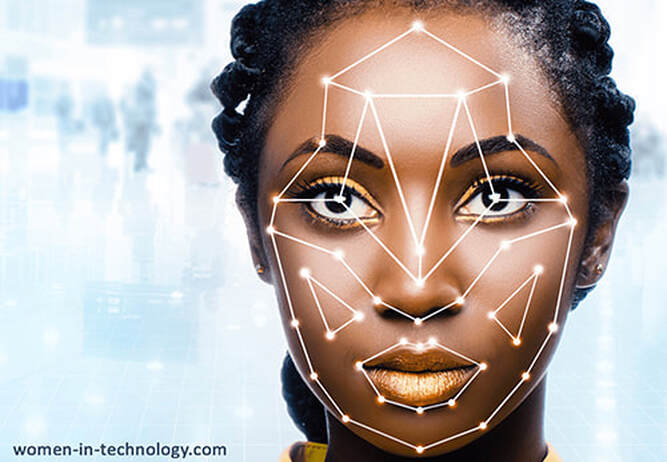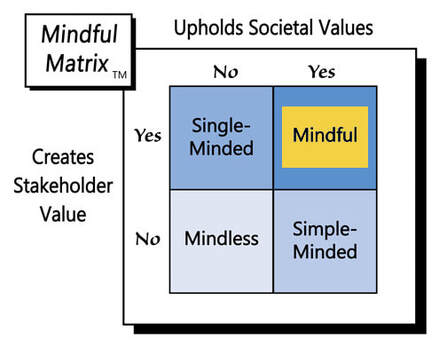Over the last few weeks, throughout cities across the United States and the world, people have been taking to the streets to express their pain and anger over the senseless deaths of George Floyd, Breonna Taylor, Ahmaud Arbery and countless other Black people killed by police and vigilante whites. At the same time, videos of racial violence and racists threats toward Black people in America are flooding social media and news outlets.
Racism is not a new disease. It is a malady that has deep historical roots. It is a system of racial oppression and violence steeped in colonial and imperialist practices that sought to legitimize White privilege and power. That means it is not just a sum of the prejudicial acts of individual “bad seeds.” Rather, it is ingrained in the fabric of our society. Despite the elimination of explicit state-sanctioned policies, such as segregation under Jim Crow, many overtly racist practices are now interwoven into our institutions and normalized, and have a reverberating impact that still significantly affects the lives of racially targeted people.
So, what do these actions have to do with marketing? The short answer is, everything. Interpersonal, systemic and institutionalized racism are often normalized, immortalized, and (re)produced through marketing and marketplace practices.
Take the case of artificial intelligence (AI), a tool that is dramatically transforming industries, institutions, workplaces, and consumer behavior. The technology is being used to analyze and predict or generalize consumer behavior from their unique set of traceable digital activities, actions, contributions and communications. By being able to predict consumer behaviors, marketers can considerably improve their ability to target buyers with personalized promotions and advertising, or protect against fraud. AI is also used to benefit consumers throughout the consumption process, from automatic logins and entertainment suggestions based on viewing history, to self-driving cars and suggesting the fastest routes to and from work.
One application of AI is facial recognition technology which is used to check the identity of people based on the symmetry of facial features unique to every individual. It allows users to unlock their smart phone, verify their identification for travel and entry to sporting events, and complete purchase transactions. Major corporations such as Unilever also use it in the labor market to assess job candidates’ facial and linguistic performance against information compiled from successful prior interviews.
While facial expression technology has been praised as a bias-free tool, concerns have been raised that this powerful tool is imperfect and potentially dangerous. Numerous studies have found that the software is not 100% accurate in identifying individuals. In particular, studies have found that when two different people were wrongly identified as the same person, error rates for Black people were two times higher than for white people.
Even more unsettling, the software has been known to misidentify people of color as non-human, often as animals or objects. This happens because the accuracy of any machine learning tool depends on the machine’s ability to detect algorithms ‘taught’ to it by engineers who are, needless to say, human. Since humans perpetuate biases that exist in society, so can the machine.
Studies in marketing which address the use of AI technologies generally emphasize how consumer experiences are enhanced through AI-powered applications and assume that the impact is equal across all consumers. But these assumptions ignore disparities in lived experiences. These assumptions also ignore research evidence which indicates inherent (automated) bias in AI technology. This automated bias has serious implications in the treatment of and opportunities for people of color.
The issue outlined here is just one example of the insidious ways that racism operates in marketing. Keeping silent, becoming overly defensive and overgeneralizing are other ways racism is perpetuated. To adequately address racial injustice, it is important to move our discourse in marketing and business beyond marginalization in the workplace and harmonious interpersonal relationships. We must take a close look at the impact of racism in marketplaces and how these effects are shaped by intersecting forms of systemic oppression.
The good news is that marketing and business leaders are starting to accept the challenge to acknowledge, affirm and act in ways that promote equity and justice and activate meaningful change. As was proclaimed by authors in a recent Harvard Business Review article, “racism isn’t just a Black people’s problem its everyone’s problem because it erodes the fabric of society.”
It’s good that certain companies finally have resolved to remove overtly racist branding (e.g., Aunt Jemima, Uncle Ben), but as the example of AI-powered facial recognition shows, there’s still more, often less conspicuous marketing that needs to change in order to offer people of color the respect they deserve. Framed positively, many opportunities remain for racially-aware organizations to redeem the field in pursuit of more “Mindful Marketing.”
Learn more about the Mindful Matrix and Mindful Meter.
Check out Mindful Marketing Ads and Vote your Mind!




 RSS Feed
RSS Feed